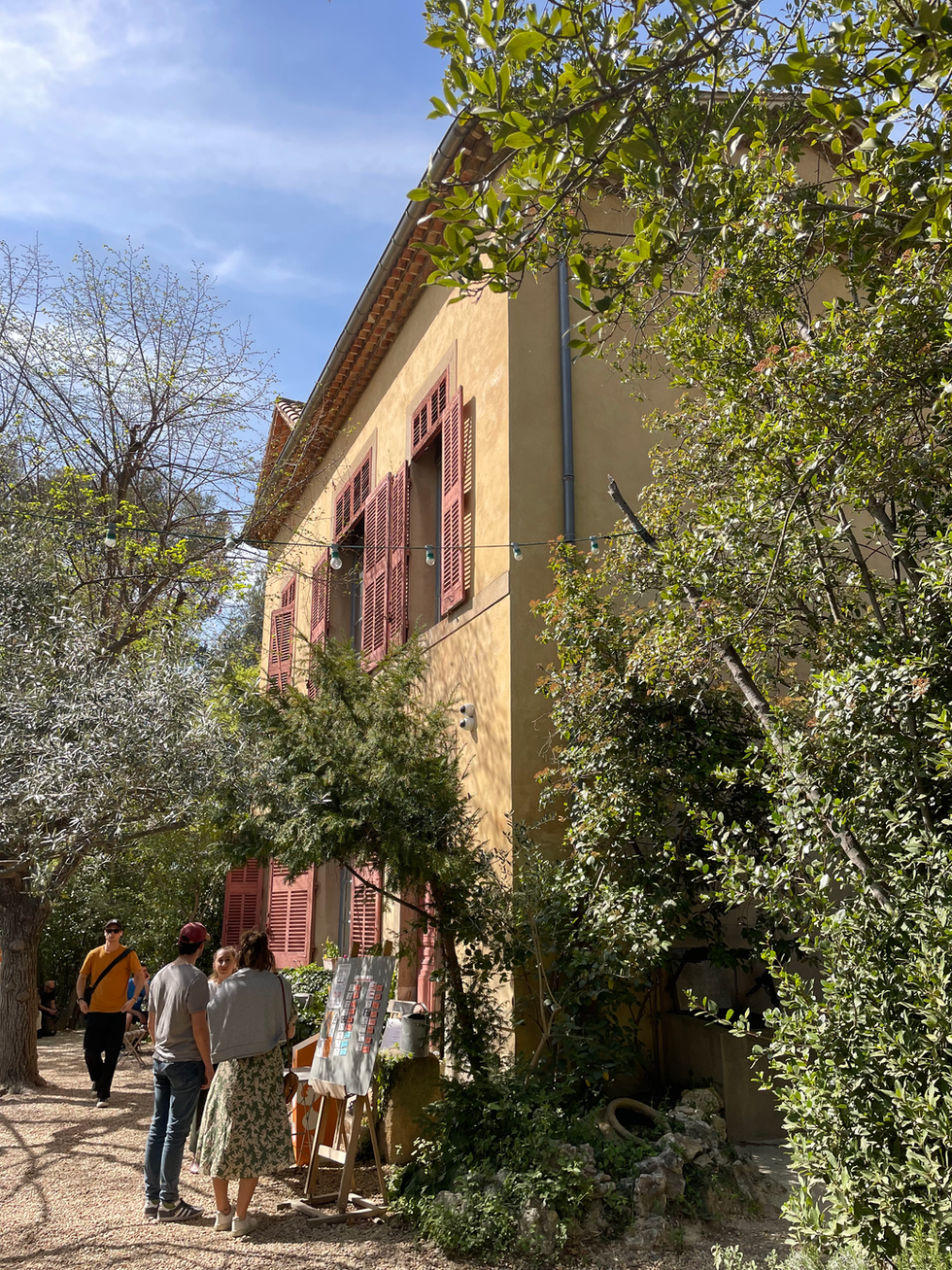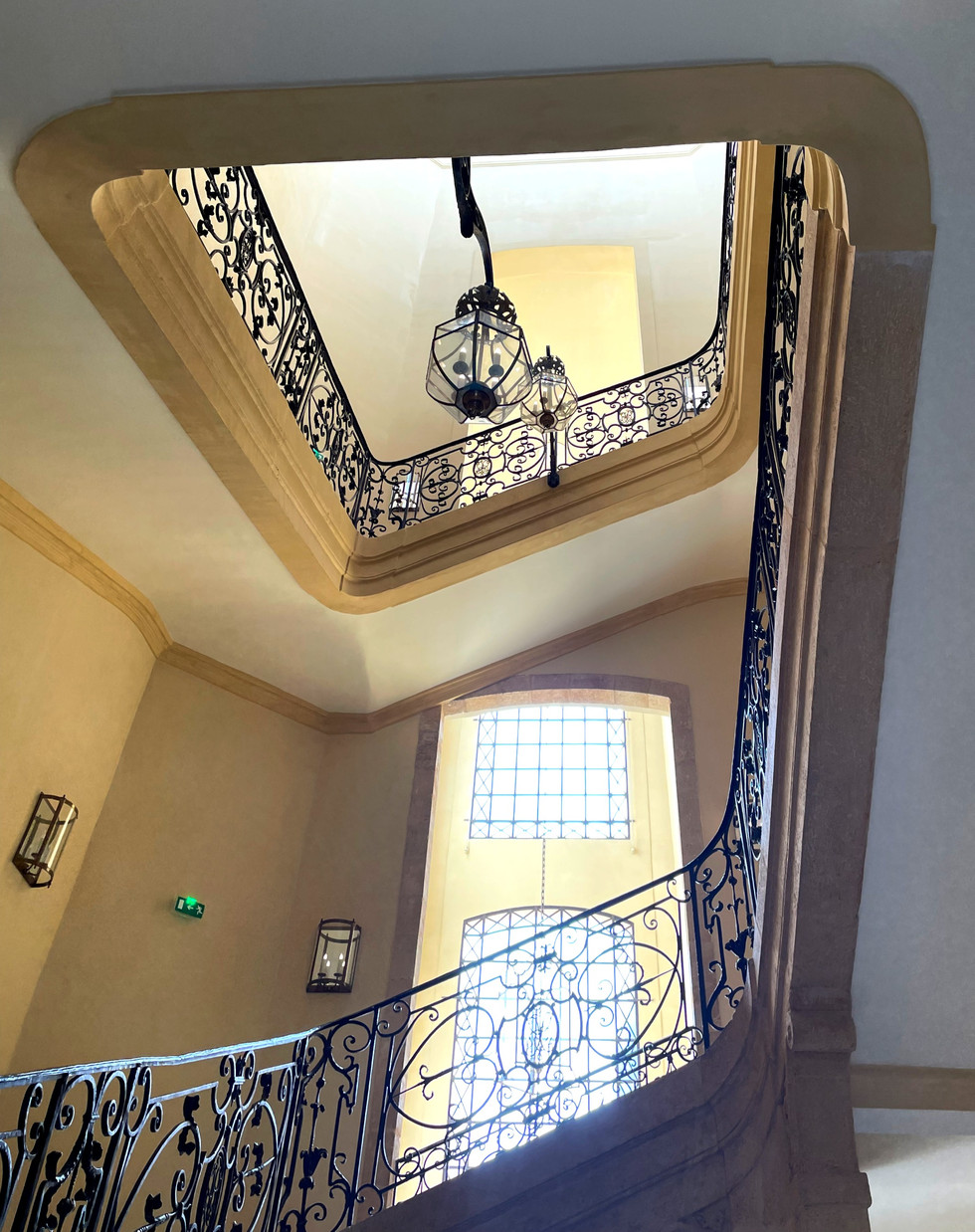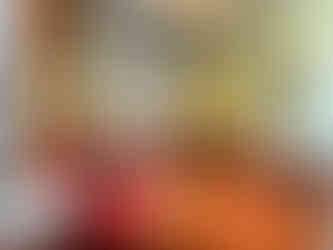Cézanne's Studio and L'Hôtel de Caumont; Two Cultural Gems in Aix-en-Provence
- ellen

- Aug 6, 2022
- 5 min read
Updated: Apr 13
Cézanne's Studio

Paul Cézanne was born into a well-to-do family in Aix in 1839 and except for occasional periods in Paris, lived most of his life there. Nestled among olive and fig trees on the Lauves hill just above Aix, this bucolic setting afforded Cézanne the solitude and setting he longed for in the final four years of his life.

He purchased the property for 2,000 francs in 1901 and began to paint from it the next year. His studio was on the second floor of the building while the first floor contained a living room, kitchen and bathroom. These south-facing windows were often shuttered to reduce the strong, southern sun while he painted.

His early works tended to be dark, but his later works, including during his time at his studio in Aix, were more light-filled due in part to the large north-facing window in the photo below. Notice, too, that the floor is wooden rather than the more common terracotta found in southern France. This is because Cézanne found the terracotta too red and preferred the more neutral wood. The walls were a matted bluish-gray in order to absorb the light.

Many of his still-life paintings were created at his studio. He brought objects from the family home to the studio, including a fruit bowl, a green ginger jar, a bottle of rum and the plaster statuette as seen below. He preferred painting fruit to flowers, saying, "I've given up on flowers. They wilt straight away. Fruits are the most loyal. They like having their portrait done".

The still life below was painted in 1904.

Cézanne was captivated by the Montagne Sainte-Victoire, a limestone ridge about 11 miles east of Aix. He created 11 oil paintings and 17 watercolors of the mountain from his vantage point near the studio.

During his career, he became interested in the human body, specifically male and female nude bathers which he often painted from memory due to the lack of models. Below is Les Grandes Baigneuses, the largest in his series of Bather paintings.

This is the only photo of Cézanne in his studio, seated in front of Les Grandes Baigneuses, the largest in his series of Bather paintings. It was taken by his friend, a painter by the name of Emile Bernard. It's now in the possession of The Barnes Foundation in Philadelphia.

Notice the vertical slot in the wall in the photo below. Leaving no details to chance, Cézanne wanted this cut in the wall in order to fit large paintings brought into the studio such as those of the bathers which didn't fit the narrow staircase.

In October 1906 as he was painting outside his studio, he was caught in a rain storm and died from pleurisy about a week later. None of his surviving relatives wanted anything to do with the studio, so it stood abandoned until 1921 when it was purchased by a local man by the name of Marcel Provence. After Provence's death in 1951, it was purchased by two art historians, restored and ultimately acquired by the Aix Marseille University. Now owned by the city of Aix-en-Provence, visitors can enjoy this rich piece of heritage.
A photo of Cézanne for sale in the small gift shop.

This is the lovely view from the studio.

More photos of the studio.
If you have any interest in impressionist or post-impressionist painting, Cézanne's studio is a must-see when you're in the area!
➜ Top Tips - Cézanne's Studio
The studio is walkable; just under a mile from the Cours Mirabeau. What I didn't know is that much of the walk to the studio is uphill. If you're of a "certain age" or just don't like walking a mile uphill, take a taxi.
Buy your ticket online in advance. They only allow 20 people at a time due to the capacity of the studio. And be ON TIME! They limit each visit to 30 minutes and usher you out politely but firmly when your time is up.
You can spend as much time outside the studio as you'd like; the grounds are lovely.
L'Hôtel de Caumont, Centre d'Art

In the mid-17th century, the Mazarin quarter of Aix was the center of bourgeois life. Its name originates from Archbishop Michel Mazarin who designed the quarter. In 1715 François Rolland de Réauville, the Marquis de Cabannes, commissioned a house to be built that was worthy of his standing in the city. De Réauville died shortly after the beginning of construction, but the construction continued for the next 30 years.
A wealthy ship owner, François de Bruny bought the mansion in 1758 and it's name changed to l'Hôtel de Bruny. Following his death, his son Jean-Baptiste inherited the mansion. An avid art collector, he collected many works of art to be added to the residence. Following his death, the residence was eventually left to his daughter Pauline who was married to the Marquis de Caumont at which time the mansion's name changed once again. This painting of Pauline hangs in what was her bedroom.

After Pauline's death, the mansion changed hands many times and by the beginning of WWII, it had been divided into several residences and even housed members of the Resistance. It was eventually sold to the city of Aix-en-Provence in 1964. Today it is designated a "monument historique" after meticulous restoration. It opened its doors to visitors in 2015 and also serves as a venue for lectures, concerts and other musical performances.
This is the beautiful grand staircase leading from the entry hall to the second floor.
The lovely statuary in the entrance hall.
Music played an important role in the life of the bourgeoisie in the 18th century. The harpsichord in the center of the photo was built in the early part of the 18th century. You can almost envision the owners of the mansion and their guests enjoying music in this room.
Close-up of the chandelier.

Pauline grew up in this house. This is her beautiful bedroom. Notice the portrait of her on the mirror.
We didn't eat there, but you can choose either of these beautiful settings for lunch.
The reconstruction of the garden was carefully completed according to the plans from the original construction of the mansion in 1715. This exquisite French garden contains plants that were typical of similar mansions in the 18th century including laurel, boxwood, cypress and yews.
This Fountain of the Three Tritons is a beautiful addition to the garden.

See also the article about our wonderful two days in Aix.
➜ Top Tips - L'Hôtel de Caumont
This property is located in the heart of the vieille ville, (old town) a one-minute walk from the Cours Mirabeau.
There is a 30-minute film, "Cézanne in the region of Aix" at certain times during the day. We didn't stay for it as we were headed to Cézanne's studio, but be sure to save time for it if you're interested in learning more about Cézanne.
There is a large gift shop with a variety of items; bring your credit card and be sure to spend some time there!








































Thank you for an amazing photo journal experience. Your expertise is mind-boggling.